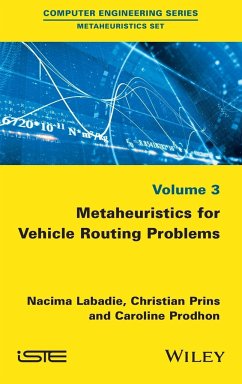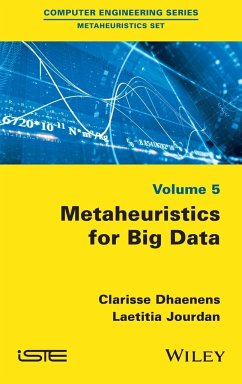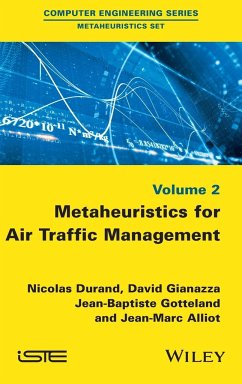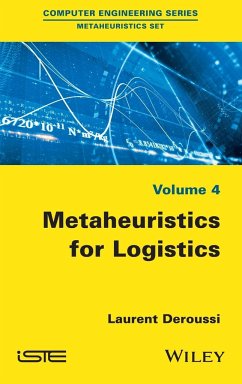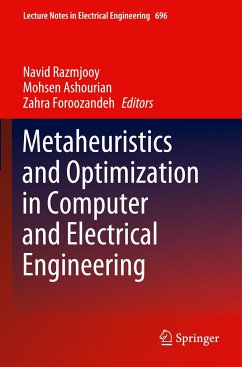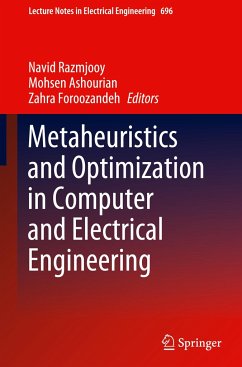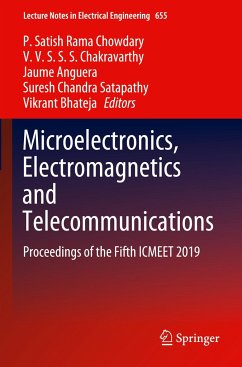
Metaheuristics for Intelligent Electrical Networks
Versandkostenfrei!
Versandfertig in über 4 Wochen
160,99 €
inkl. MwSt.
Weitere Ausgaben:

PAYBACK Punkte
80 °P sammeln!
Intelligence is defined by the ability to optimize, manage and reconcile the currents of physical, economic and even social flows. The strong constraint of immediacy proves to be an opportunity to imagine, propose and deliver solutions on the common basis of optimization techniques. Metaheuristics for Intelligent Electrical Networks analyzes the use of metaheuristics through independent applications but united by the same methodology.




